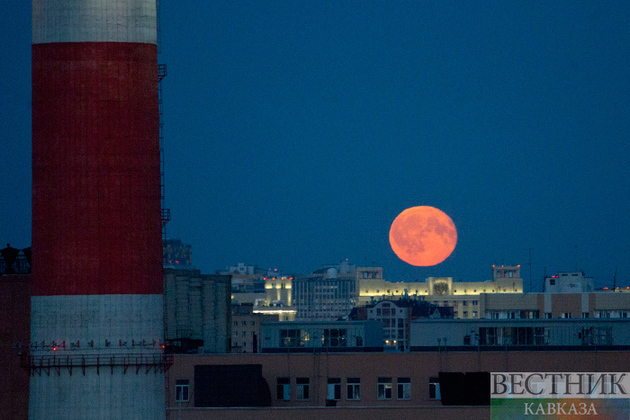Now, as the Voyagers travel into interstellar space, artists are beginning to explore what they can do off Earth. In March a piece by Dubai-based artist and philanthropist Sacha Jafri is set to land on the moon.
As Vestnik Kavkaza reported earlier, Saudi Arabia has announced the formation of a space entrepreneurship alliance, and the US intelligence continues to search UFO.
Phonograph disks in space
In 1977, the Voyager 1 and Voyager 2 spacecraft launched from Cape Canaveral, Florida. Their mission was to explore the solar system and beyond. Aboard each was a "golden record," a copper phonograph disk containing images, sounds from nature, and music to provide a snapshot of life on Earth to any intelligent life the craft might encounter. These were the first images to be sent into outer space, CNN reports.
Love and empathy for humanoids...
Jafri's work, "We Rise Together -- By the Light of the Moon," is scheduled to fly into space on a United Launch Alliance rocket powered by engines developed by Jeff Bezos' Blue Origin. The launch is scheduled to take place at the Kennedy Space Center in Cape Canaveral, Florida, in the first week of March. The work is an engraving depicting a male and a female figure surrounded by 88 hearts. "The original artwork was this beautiful heart motif. Two figures entwined, reconnecting and around them is blossoming flora, fauna," explained Jafri. He says he wanted to capture "the unification of humanity through love and empathy" in his design. For his canvas, a gold alloy was developed over two years to withstand the extreme environment on the lunar surface whilst keeping the artwork intact.
...and inhabitants of the Earth
But the piece isn't intended only for extraterrestrial art lovers. "When we land the physical work of art on the moon, a little beep sounds in the control room," said Jafri. On that signal, 88 NFTs will be released for sale back on Earth. Jafri plans to donate all proceeds to humanitarian charities. "I'm hoping to raise a huge amount of money for the four main charitable concerns of our world -- health, education, sustainability, and equality," he said.
The work was commissioned by Spacebit, a UK-based company that develops space robotics technology and data analytics tools, and will be sent to the moon by Spacebit and NASA Commercial Payload Services (CLPS). UAE-based company Selenian Network, which specializes in blockchain technologies, will facilitate the launch of the NFTs. A lunar lander will place the work in a crater known as Lacus Mortis (the Lake of Death) where it will remain "for eternity."
Art on the ISS
Jafri's isn't the only artwork to leave Earth in recent years. In 2017, a work by Israeli artist Eyal Gever was 3D printed on the International Space Station [ISS]. Gever crowdsourced recordings of laughter and used the sound wave signatures to create his sculpture.
In April last year, another Israeli artist, Liat Segal, and Yasmine Meroz, a physicist at Tel Aviv University, created an artwork that can only exist in space. Making use of the lack of gravity in space, "Impossible Object" is a tiered structure of gold-colored metal tubes released water. On Earth the water would fall to the ground but in space it created floating elements around the sculpture. It was activated as the ISS orbited at around 400 kilometers above the Earth. Meroz and Segal had predicted that the water might wrap around the structure, forming a liquid shell, but in practice it behaved quite differently, forming floating orbs. "We didn't know what the dynamics of water will be in microgravity -- what does a piece of water look like?" said Segal. "We're used to filling our hands with water, filling vessels. In this case the water isn't held by any vessel. It's only held by this skeleton structure."
New market for art world
As artists get creative in space, Segal anticipates innovation. "Many technologies were developed as a result of the space race, to accommodate for a new physical reality," Segal added. "Now art and culture can enter this new physical reality. It will force the creation of things that we cannot expect, that could not happen otherwise." Jafri is also enthused about the creative possibilities and believes private space missions will open up new opportunities for artists. "I think people are tapping into people's obsession with space," he said. "It's a new market for the art world to tap into."






